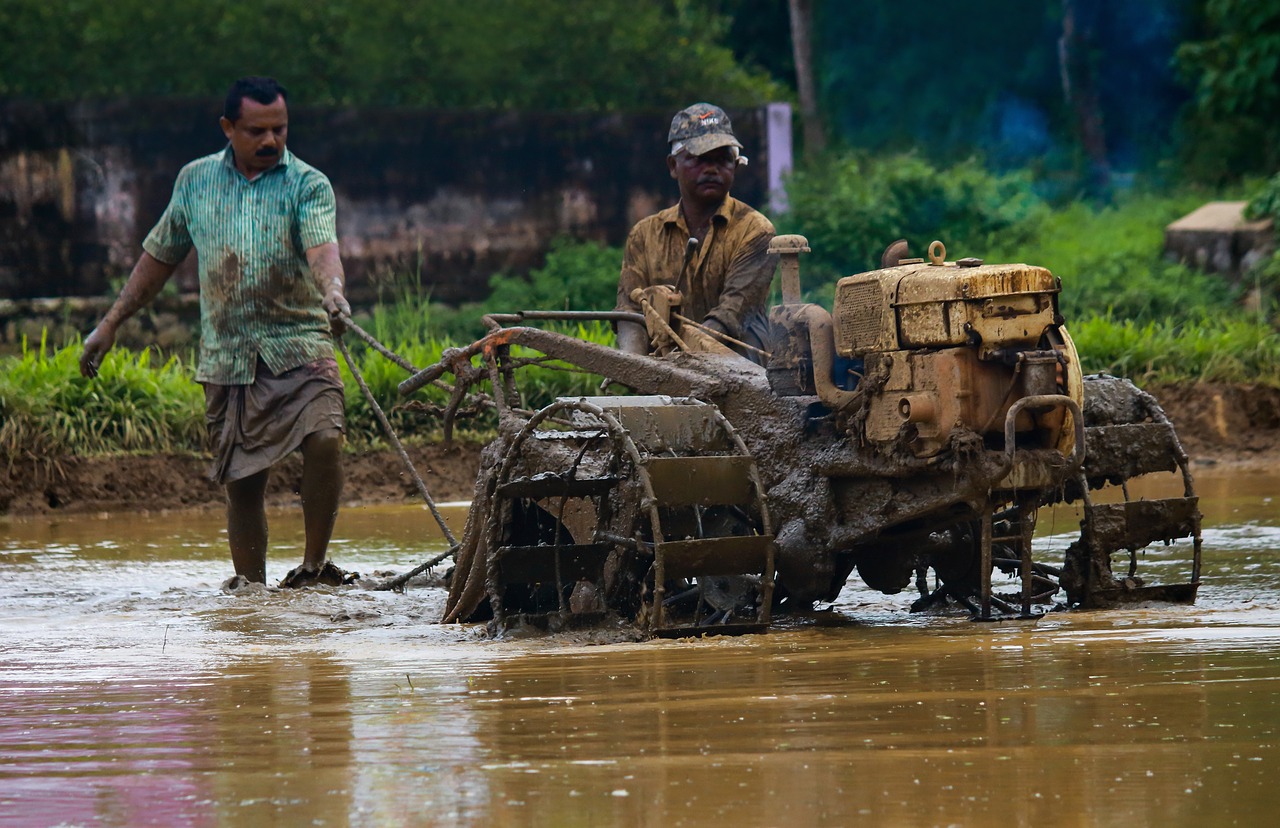
Scientists Untangle Brain Disorder Mystery Impacting Therapeutics Enigma
- News
- 2.2K
A happy life requires a healthy brain that in turn controls the rest of the body functions. Unfortunately, in neurodegenerative disorders such as Alzheimer’s disease and Amyotrophic Lateral Sclerosis (ALS), an individual progressively loses brain cells called “neurons”. This has direct effects on coordination and memory – making a simple task such as drinking a cup of tea very challenging – causing distress.
Using the Drosophila, the fruit fly, as a model, a group of scientists has provided new insights for the development of therapeutics for targeting a gene, Ataxin-2. Mutation in human Ataxin-2 is linked to brain diseases such as spinocerebellar ataxia. The results of this collaborative study, done by Dr. Baskar Bakthavachalu (TIGS Centre at inStem, Bangalore and IIT, Mandi) and Dr. Mani Ramaswami (Trinity College, Dublin), have been published in the journal eLife.
In this study, Dr. Amanjot Singh and Dr. Joern Hulsmeier (lead authors) have used powerful fly genetics tricks to identify a key region of the Ataxin-2 protein called IDR (Intrinsically Disordered Region). The authors find that IDR is important for regulated protein production in healthy neurons. IDR of Ataxin-2 binds to RNA through the process of RNA tail grabbing to fine-tune protein production. What came as a real surprise to the team was that the same part is also responsible for causing disorders. Mutations in IDR cause failure in the timely release of RNA, resulting in protein tangles much like cooked noodles in a bowl.
Physician Dr. Noshir Hormusjee Wadia first described the role of Ataxin-2 mutation in a cohort of Indian patients with an eye movement disorder. Dr. Bakthavachalu foresees that findings from the current study might help to design a small drug molecule that could alleviate such disease.
These tangles create gridlocks in the neurons, and this leads to neuronal death. Authors propose that stopping this process at an early stage through Ataxin-2 based intervention can save millions of lives.
IDR’s tangling is controlled by the Lsm domain, another region of Ataxin-2 protein. In the diseased condition, the balance sways more towards IDR. Authors propose that strengthening Lsm function can be an alternative strategy to develop new treatments for neurodegenerative disease.
In summary, this study provides a roadmap for future drug screening to exclusively target IDR or LSM part of ATXN2, leaving the rest of the protein function unaffected using the fly model of neurodegeneration to improve ailing brain function.
The research team included Amanjot Singh, Joern Hulsmeier, Arvind Reddy Kandi, Sai Shruti Pothapragada, Jens Hillebrand, Arnas Petrauskas, Khushboo Agrawal, Krishnan RT, Devasena Thiagarajan, Deepa Jayaprakashappa, K. VijayRaghavan, Mani Ramaswami, and Baskar Bakthavachalu.
The study was funded by DST-SERB, Wellcome Trust/DBT India Alliance, and Science Foundation Ireland. (SciSoup- A Science and technology blog)
Guest editors – Dr. Madhumala K. S. (Geisel School of Medicine at Dartmouth, USA) and Dr. Aanchal Bhatia (Brandeis University, USA)
Antagonistic roles for Ataxin-2 structured and disordered domains in RNP condensation
By Rajesh D. Gunage, Ratneshwar Thakur
If you liked this article, then please subscribe to our YouTube Channel for the latest Science & Tech news. You can also find us on Twitter & Facebook


